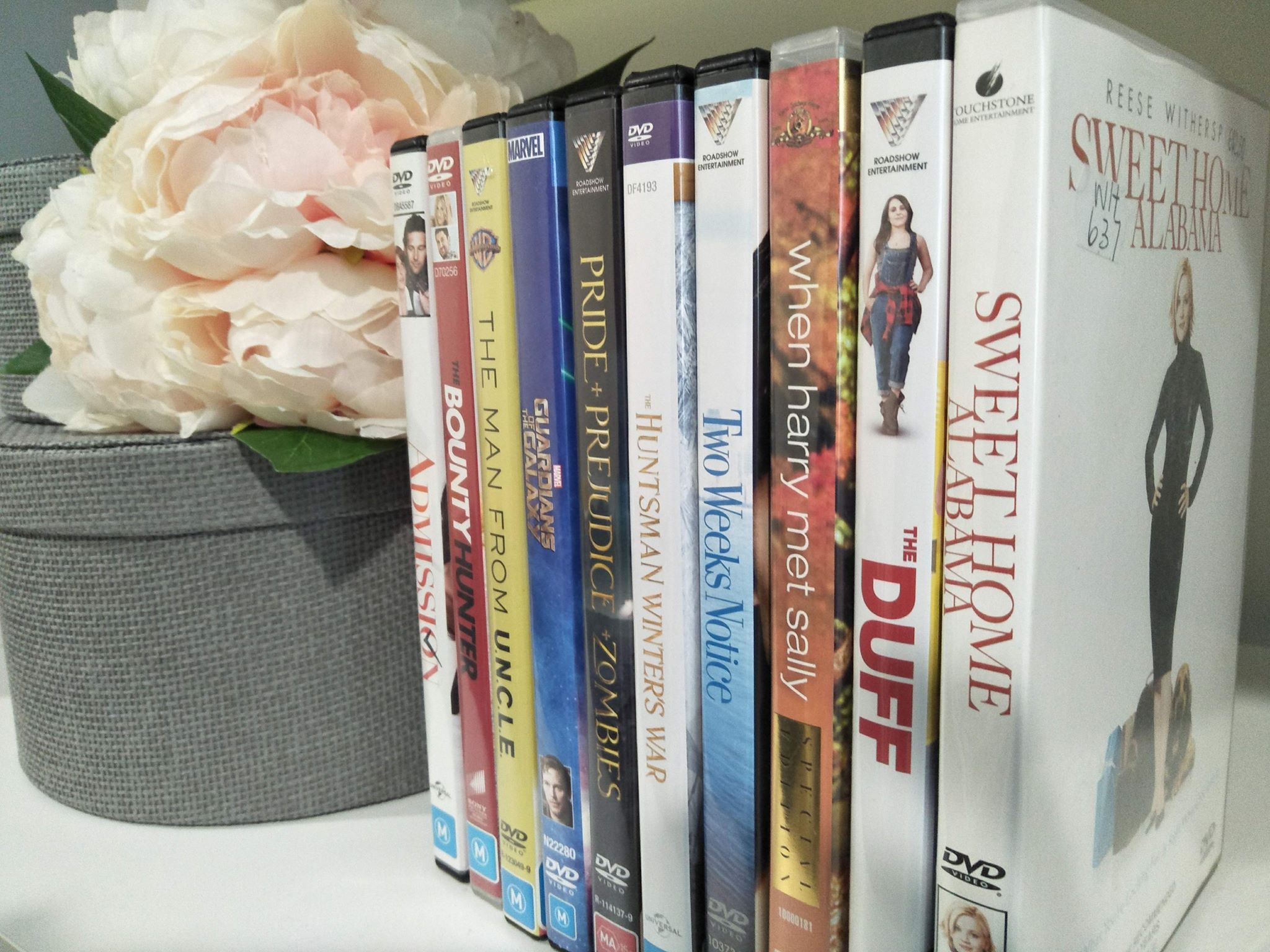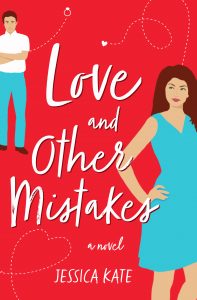By Jessica Kate, @JessicaKate05
Do you love movies like Sweet Home Alabama, The Proposal, or Pirates of the Caribbean? Books like
The Hating Game, The Unhoneymooners, or Save the Date?
Then perhaps you’re a fellow nerd of the love/hate relationship arc, also known as the ‘enemies to
lovers’ or ‘enemies to allies’ tropes.
If that’s you, welcome. We are your people. We also love writing relationships into novels that are
full of witty banter, conflict, and perhaps a prank war or acts of sabotage to boot.
For those enchanted by the love/hate relationship trope in fiction, real-life relationships can sometimes echo these dynamics in less comedic ways.
When playful banter escalates into genuine conflict or teasing crosses the line into hurtful actions, it may be beneficial to explore online counselling. These services offer a discreet and accessible option for couples navigating turbulent waters. Through virtual sessions, couples can explore their underlying issues, learn effective communication strategies, and rediscover the mutual respect and admiration that initially sparked their connection.
Engaging in online counselling doesn’t mean admitting defeat; rather, it demonstrates a commitment to nurturing a relationship that is both passionate and respectful.
Just as in our favorite novels and movies, where characters navigate through misunderstandings and challenges to find deeper connection, counselling provides a structured approach to transforming conflict into growth.

So, why have guidelines on writing these relationships into your novel?
Well, for me they help ensure the relationship arc is fully developed, believable and most
importantly, fun to read! I don’t believe that rules are necessary 100% of the time, but what the
guidelines can do is help you avoid situations like “my characters have too much hate and not
enough love,” “I can’t find enough love/hate stuff to fill up the middle of my story,” or the classic
“my characters’ hate is based on misunderstandings and readers get annoyed that they won’t just
have an adult conversation and sort it out.”
I know the pain of these situations. Believe me mate, I’ve been there. And our first drafts often err
toward one (or all) of these pitfalls. But these three tips will help you keep your story on track
without having to sacrifice that love/hate relationship that we all love to read about. I’ll explore the
first point in this post, and the second and third in another post that’s coming in November.
Now before we start guideline #1, a quick word on genre: these hilarious and heartwarming
relationship arcs aren’t just limited to romantic comedies—they can also be also action movies
(Prince of Persia, The Man from U.N.C.L.E., Pirates of the Caribbean) and really any other genre as
well. The pattern found in the relationship arc of two characters who go from enemies to lovers (or
allies) generally remains the same, whether the characters are shooting plasma guns or restoring a
historic bed and breakfast.
So, without further ado, guideline #1:
1. Root the conflict in opposing worldviews, not just misunderstandings.
Have you seen the Netflix movie Set It Up? Under-appreciated assistants Charlie and Harper have a great love/hate vibe, even as they work together on their shared goal: to set up their bosses with one another so that Charlie and Harper can have a better work/life balance…or
any life at all.
Why is their dynamic so entertaining? It’s anchored in their opposite approaches to life: Harper is earnest and passionate, and her greatest dream is to be a sports journalist (great sporting moments actually make her cry!) However Charlie is cynical and practical, and he
believes it’s impossible to enjoy work so you may as well do the job that makes the most
money. Their opposite approaches to life mean that there’s plenty of scope for natural
conflict between them, without anything feeling forced.
The Man From U.N.C.L.E. is another great example, this time in the ‘enemies to allies’ space:
the 1960s American and Russian spies played by Henry Cavill and Armie Hammer don’t just
hate one another because of the Cold War. No, Henry’s character relies on his charm and he
has no problem lining his own pockets via illicit means. But Armie’s character is disciplined,
with a strong sense of morality. When these two are given a joint mission to stop a Nazi plot,
there’s so much room for them to fight even as they slowly begin to respect one another’s
finer qualities.
Now, one caveat: If you’re only writing from one character’s point of view, it’s easier to
make the ‘misunderstanding’ plot device work. Both The Hating Game and The
Unhoneymooners do this to a degree: because both stories are told only from the heroine’s
point of view, we as the reader only begin to understand the hero’s good qualities as the
heroine does. Therefore, we aren’t frustrated by the misunderstanding – because we’re not
sure yet if it is a misunderstanding, or if the guy’s just a jerk.
But if you’re writing a story from both characters’ points of view, the ‘misunderstanding’
plot device tends to frustrate readers. They know both sides of the story, even if the
character doesn’t, and waiting for the character to catch up can be tedious.
Either way, rooting your characters’ conflict in opposing worldviews more than
misunderstandings can only ever generate more organic obstacles and story tension—which
is a part of what keeps us flipping those pages!
Join us in part 2 to learn our final two guidelines on writing love/hate relationships that
readers can’t put down! (Coming in November.)

Australian author Jessica Kate is obsessed with sassy romances.
She packs her novels with love, hate, and everything in between—and then nerds out over her favorite books, movies and TV in the StoryNerds podcast. When she’s not writing or discussing fiction, she’s hunting the world for the greatest pasta in existence.
Her debut novel Love and Other Mistakes released July 2019, while A Girl’s Guide to the Outback hits shelves in January 2020.
Receive her sassy short The Kiss Dare FREE when you sign up for her newsletter at jessicakatewriting.com.

